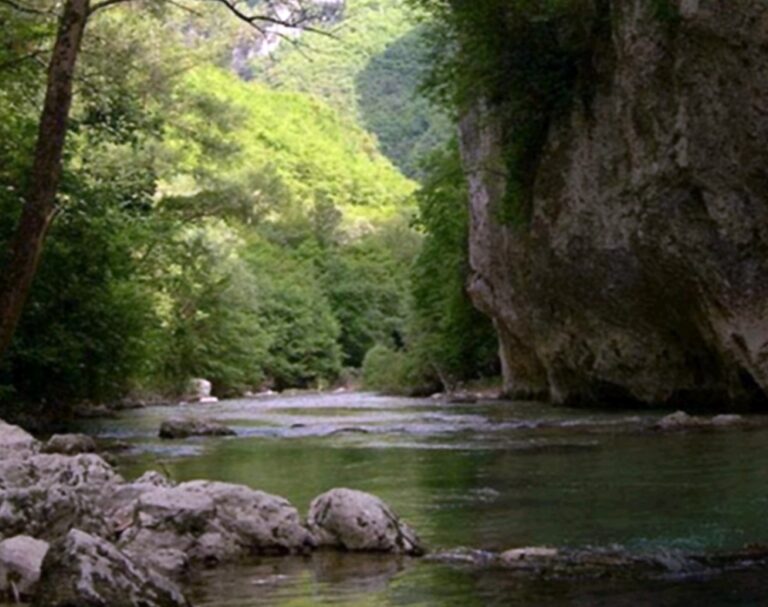heading

I\’m Diego and I live in Jesi, a small town in central Italy. I\’m a sunny and very sociable person and I also really like traveling. I use to play basketball and I go to the gym to work out. I\’m attending the fourth year of environmental biotechnology at IIS Galilei. At school, I\’m really passionate about chemistry, maths, microbiology and also physics. Furthermore I have recently become passioante about scientific research because I hope that each person can make a small contribution to solving the various current environmental problems so I had done a project about the possibility of using sulphurous waters that I would like to further develop.
Tell us what the water concern in your country is!The main water issue in Italy is water scarcity, driven by climate change, reduced precipitation, and infrastructural inefficiencies. These factors compromise water availability, especially in southern regions, increasing agricultural, urban, and ecosystem stress. A sustainable and integrated water resources management is needed. For example, Sicily and Apulia face frequent droughts, while over 40% of water is lost due to leaky distribution networks.
This is what I think is one of the solutions for a sustainable future:A solution can be gamified Water Education in Schools. Infact an option is to develop educational apps and school workshops where students compete across classes to reduce water consumption at school and home. in the end high-performing schools receive environmental recognition or financial rewards. The same idea can be applied to individual citizens were there is a reward system for families and businesses that reduce water consumption compared to regional or national averages where all the data can be tracked through smart meters.

SULPHOROUS WATERS:” A NATURAL TREASURE TO BE EXPLOITED”
This research explores using natural sulphurous waters for various chemical applications. It focuses on precipitating heavy metal ions, eliminating free radicals, and recovering sulphur. Key findings include successful H₂S detection, and sulphur recovery through oxidation with hydrogen peroxide. H₂S effectively precipitated several heavy metals (except chromium) and neutralized free radicals. The study demonstrates that sulphurous water is valuable for chemical reductions, metal precipitation, organic synthesis, and radical scavenging, suggesting it could be a sustainable source for sulphur recovery, reducing reliance on less healthy extraction methods.

